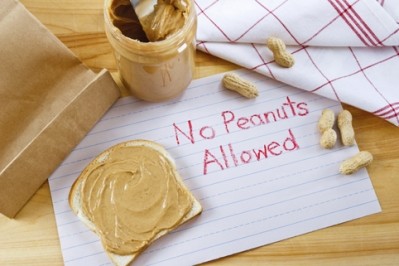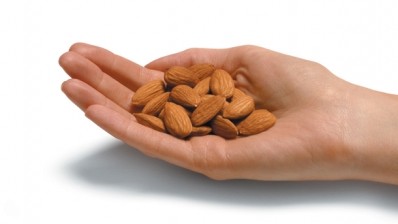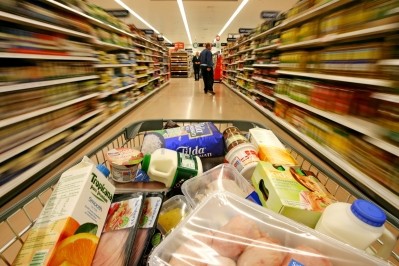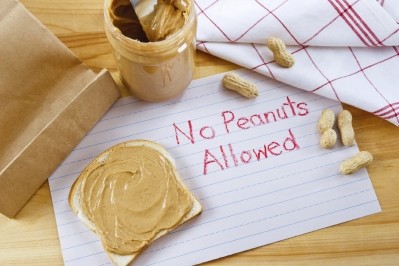Half of food products labelled ‘may contain’ are allergen free
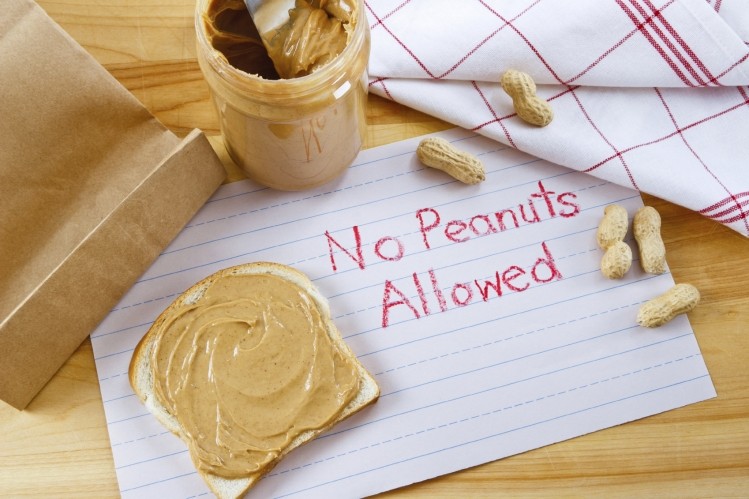
The FSA’s food allergy research manager Sarah Hardy said the survey of 12 product categories targeted food labels with allergy warnings for the presence of milk, gluten, peanut or hazelnut. Advisory labelling referred to the phrases ‘may contain X’ or ‘not suitable for someone with X allergy’.
“The number of samples with advisory labelling but no detectable hazelnut or peanut was just below 50%,” said Hardy. “Only gluten and milk were present as cross-contamination without advisory labelling. However, the levels found in the products were low so the FSA did not consider it to be a risk for people with allergies.”
Cross contamination
The study also sought to uncover whether the labelling was related to the level of allergen present as a result of cross-contamination. “Results from the survey suggest that cross contamination for all four allergens, is well controlled by manufacturers,” said Hardy. “In fact, undeclared allergen cross-contamination in the UK is lower than found in other countries.”
But manufacturers needed to review regularly risk assessment and the application of precautionary allergen labelling to ensure allergic consumers were protected without unnecessarily restricting choice, she added. Also consumers were advised to recognise the importance of precautionary allergen labelling and should not put themselves at risk by ignoring it.
The survey revealed a wide variety of different statements were used across the product categories. The most frequently used warning was ‘may contain traces’, which was carried by 38% of products. But less than one third (28%) of products followed FSA advice on the use of specific phraseology: ‘may contain X’ or ‘not suitable for someone with an X allergy’. Those statements were found on only 20.6% and 7.2% of products respectively.
The FSA introduced best practice guidance on managing food allergens in 2006 to help the food industry make best use of advisory labelling. But such labels vary widely due to the lack of standardisation in allergen risk assessment methodology and inconsistencies in allergen management practices, said the FSA.
Allergic consumers
Such variations have led some allergic consumers to believe different types of advisory statements convey different levels of risk, it added. That included confusion about phrases such as ‘made in a factory that also handles X allergen’ and ‘made on a line that also handles X allergen’.
EU rules require food manufacturers to declare 14 allergens as constituent ingredients. Those include: peanuts, nuts, soybeans, mustard, eggs, lupin, milk, fish, cereals containing gluten, sesame, celery, sulphur dioxide, molluscs and crustaceans.
The rules do not cover unintentional cross-contamination with allergens.
More information about the survey is available here.
